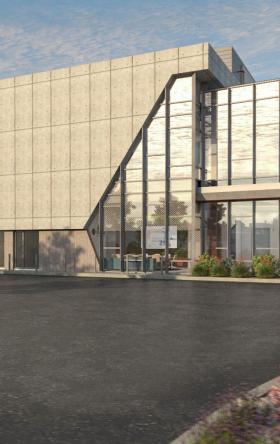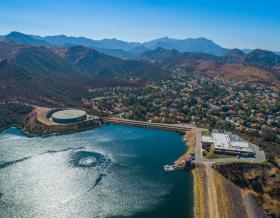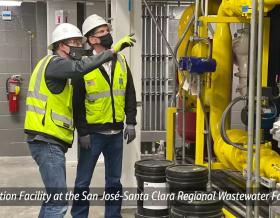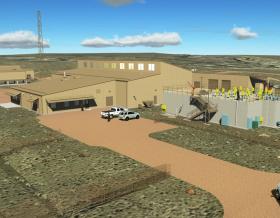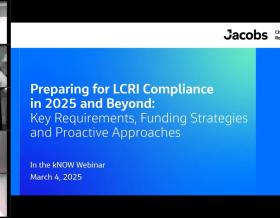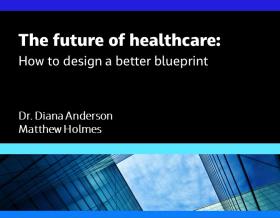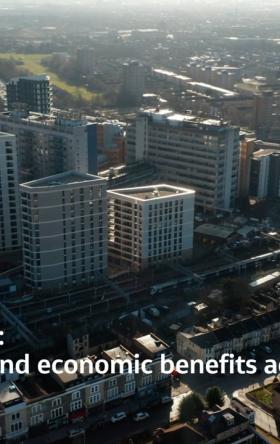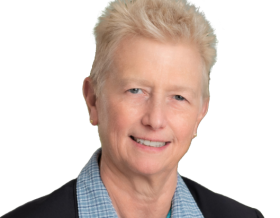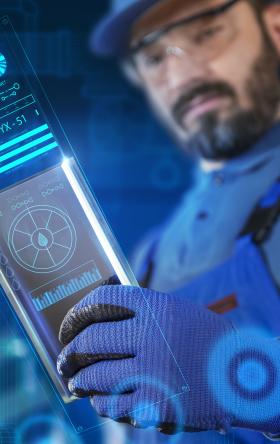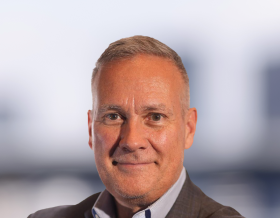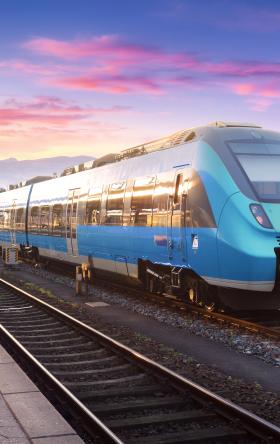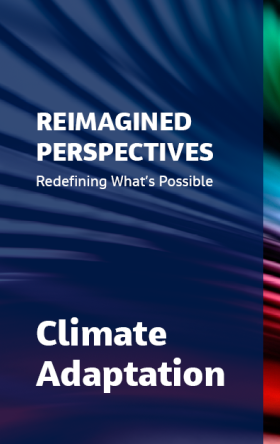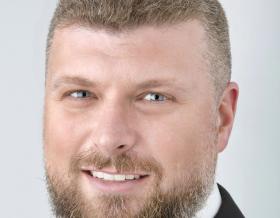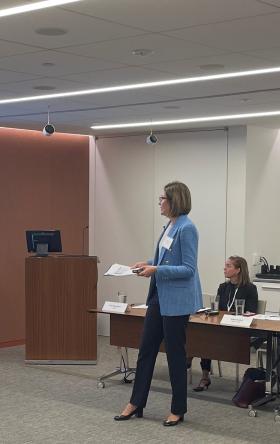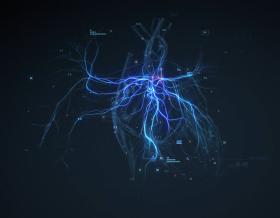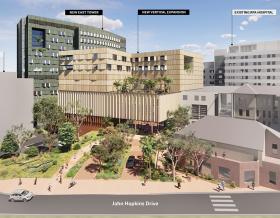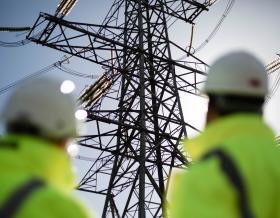
As the U.K. pushes toward its Clean Power 2030 targets, significant work is underway to decarbonize our buildings in a bid to reduce both operational and embodied emissions. However, the grid supporting these buildings is aging and under growing pressure. Up to 67% of grid supply points sit at or near capacity; we face a massive challenge: growing peak demand from electric heating, electric vehicles (EVs) and renewable generation is overwhelming a system never designed to handle it.
The answer isn’t just to use less energy. It means using energy differently.
Introducing Net Zero Carbon Power
This new approach redefines how buildings interact with the grid. Direct current (DC) microgrids, local energy storage and smart load management allow buildings to:
- Eliminate inefficiencies caused by outdated alternating current (AC) infrastructure
- Cut energy loss by up to 20% with DC-ready technologies
- Slash project timelines and infrastructure costs
- Reduce dependence on a slow-moving grid
- Make buildings active contributors to energy stability
Why DC? Why now?
Today’s renewable sources and digital devices run on DC. Each time energy converts between AC and DC, losses increase and costs rise. Hybrid AC/DC microgrids address this issue. These systems store off-peak energy, power DC equipment directly and accelerate decarbonization without the long wait for large-scale grid upgrades.
Download the executive summary

Gain insights behind this powerful shift, written by industry experts Adam Selvey, Jacobs and Ahmad Makkieh, Schneider Electric, and discover how Net Zero Carbon Power offers a scalable, future-ready path to decarbonizing our built environment.
Adam Selvey
Director, Head of Engineering Design and Innovation, Built Environment, Jacobs
Adam is a Chartered and Internationally PE registered Building Services Engineer, specializing in building performance and zero carbon solutions across the retail, leisure, sports and entertainment sector. Complimenting his engineering capabilities, he has undertaken numerous technical due diligence processes for U.K. and international clients, ensuring the building services within the buildings they procure are not only fit for purpose, but also achieve value for money.
Dr Ahmad Makkieh
EU Direct Current Project Manager, Schneider Electric
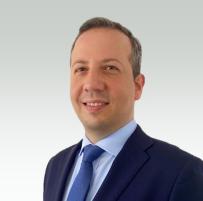
Ahmad is an electrical and electronics engineer and an expert on DC microgrids design and protection. He holds a PhD from the University of Strathclyde and has extensive publications in the area of DC protection. With a keen interest in smart buildings’ sustainability, where advanced technology blends with eco-friendly practices, he leads Schneider Electric participation in the SHIFT2DC EU Horizon funded project. With an eye on driving progress in sustainable energy solutions, Ahmad also partners with global design firms, enabling them to grasp the intricacies of innovative and disruptive DC systems implemented through Current/OS principles. He aims to run pilots with different types of smart buildings, from vertical farms to hospitals, from offices to hotels, and to anticipate the future of electrical distribution, incorporating both AC and DC.


